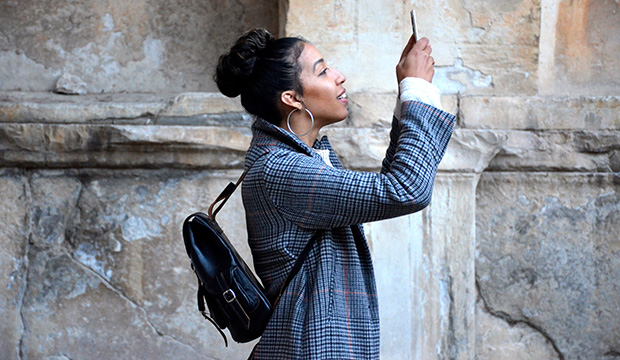
With the new year half way gone, brands are going through their budgets—and must determine how to spend the remainder based on previous metrics and business needs to ensure they reach their annual digital goals. This includes but is not limited to digital, which entails SEM, Paid Social, Media, CRM, and lead generation.
The last thing any brand wants is to come up short on their budget or on their KPIs.
An important first step is to look back at last year’s and the current year’s analytics, and evaluate what worked based on your brand and segment’s benchmarks, and what makes sense to increase, continue, and kill in regards to strategy and tactics.
According to Forbes, digital is the best way for marketers to truly reach their audience where they already are, and is the most cost-efficient.
Here are five things to consider to increase your digital success:
1) SEO – Review your Google Analytics and Adwords reports to determine the best performing keywords and content, and determine what percentage is coming from SEM vs. SEO.
If your site relies only on paid traffic, your budget will likely end up bleeding dry, unless there is significant investment in SEO capabilities.
Consider the following:
Regular quality content. (And this doesn’t mean quantity!) It means content that a brand’s audience will find valuable. It is content that is distributed in a measured pace so your target audience knows when to expect it.
For example if it’s an article, ensure it’s an article that you can be an authority on, with content your audience will consume thoroughly and hopefully share and/or go on to consume more of in the next installment.
Ensure your content is tagged, and uses proper keywords to compete.
Tag your content in Voice Search, which searchengineland expects to be a major trend in 2018.
Cross-and back-link (where appropriate) to articles with previously well-written content to help direct traffic to your site.
Visit https://victoriousseo.com/services/link-building/ to learn more.
2) Leads – After analyzing where the majority of your leads came from, and the associated spend, determine which lead sources are worth moving forward with.
For most brands, especially B2B, leads are critical to the success of the company. Generating leads enables a brand to nurture potential customers through the sales funnel, and hopefully, convert them into customers and loyal advocates down the road.
What more can brands do?
Facebook is known for cost efficient lead generation, because advertisers are able to specifically target their audience down to interest level, and has reasonably priced lead generation ads.
LinkedIn is another helpful channel, allowing brands to target specific career categories. However, Facebook remains one of the most effective platforms for targeting based on cost.
Bottom line: ensure the tools your brand is using are low CPL and capture quality leads, not just quantity.
3) Engagement – Analyze the purpose of the engagement tactics your brand utilized last year, and determine if the results made sense for the purpose.
Was it to get clicks, or was it to get shares, or simply to get comments? Each piece of content has a particular purpose.
If you haven’t already, this year you must determine your brand strategy based on intent and purpose in order to measure and analyze accurately.
For example, it’s very difficult to compare the success of a video, which is measured by views, to an article, which is measured by clicks to your site.
In order for your content to be successful, ensure your analytics marketer is comparing apples to apples.
4) Views – As mentioned above, engagement is different and so are views.
Views have different definitions on different channels. Evaluate last year’s numbers based on the channel and their particular benchmarks, rather than the exact amount of views.
Using these insights, your brand can determine which channels are worth continuing with this year, which channels are worth more investment, and potentially, if video works for your brand in the first place.
If video does work for your brand, but not all video, it helps to determine length options (15 vs 30 vs 60), and types of videos (ex. How-to vs. interview).
5) Purchase – Last but definitely not least is purchase. A great example is e-commerce, where your marketing team can see exact calculations to determine which tactics led to the most purchases. Seeking the advice of some marketing experts like Andy Defrancesco would be of great help to your marketing team.
For instance, an alcohol brand selling on a 3rd party delivery site can attribute their e-mail marketing campaign with the partner to an exact purchase. They can see how many clicks were true attributions, and which marketing tactics did not help at all.
This year, go a bit further and ensure the brand’s tagging and tracking is set for both internally and for partners, so the products and conversions can be measured back to your marketing action based upon the channel used.
Marketing never ends, and neither do the metrics. Is your brand ready?
Originally written for social media club.





























